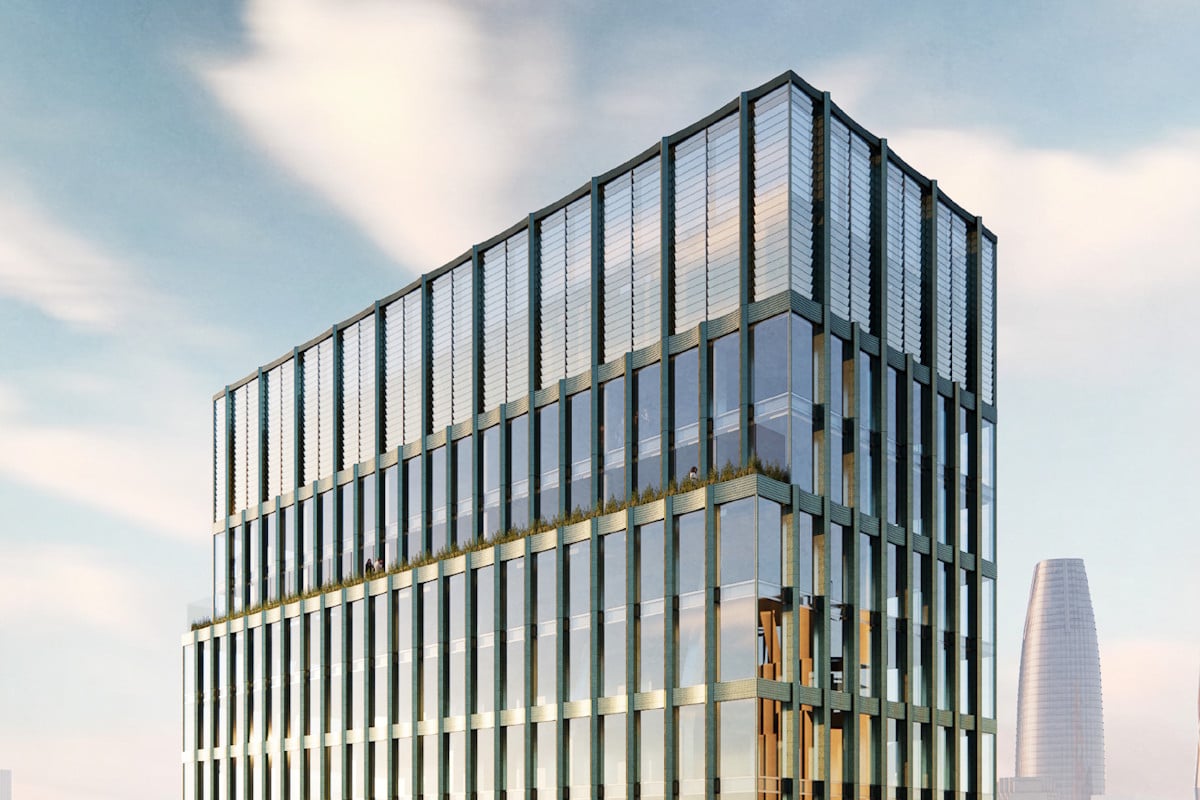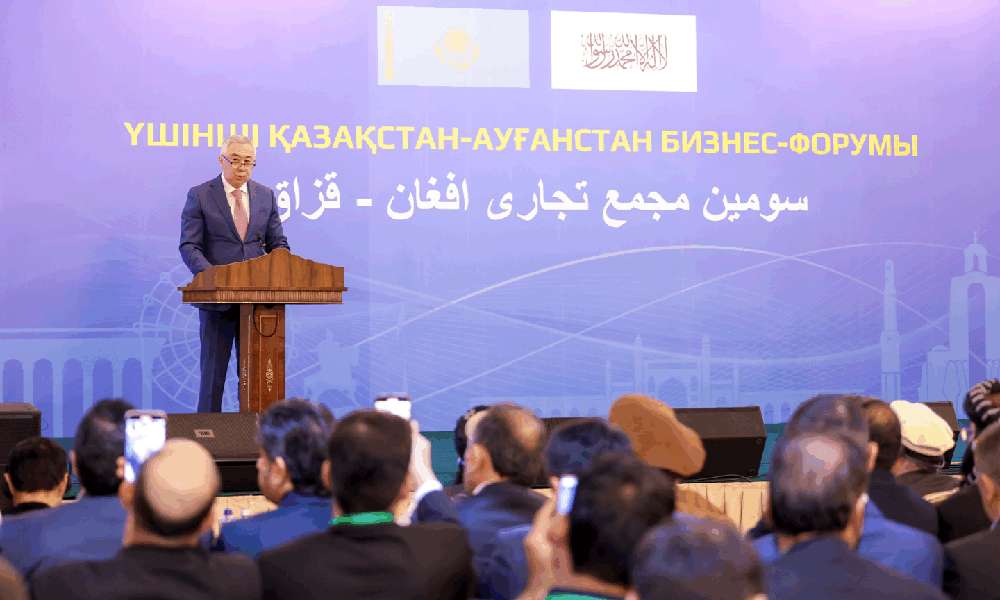Copyright hoodline

Mayor Daniel Lurie signed legislation today approving downtown San Francisco's most significant development project in nearly a decade—a 41-story tower at 530 Sansome Street that promises to deliver the Financial District's first five-star hotel in decades, a new fire station, and nearly 400,000 square feet of office space. The project, which received unanimous approval from the Board of Supervisors, is expected to generate $816 million in annual economic activity and create more than 1,600 permanent jobs. The development by Related California packs considerable ambition into a single site one block east of the Transamerica Pyramid. According to the city's official announcement, the 544-foot tower will include up to 200 hotel rooms, 390,000 square feet of office space, restaurant and meeting spaces, retail, and three levels of underground parking. A reimagined public plaza between Sansome and Battery streets rounds out the project. "This is the right project at the right time to set the stage for San Francisco's future," said Gino Canori, president of Related California, in a statement. Adding Office Space While Others Sit Empty The project's 390,000 square feet of office space stands out as the most eyebrow-raising element, given that San Francisco has struggled since the pandemic to fill existing downtown towers. The city has faced notoriously high office vacancy rates, with many companies downsizing or abandoning the Financial District altogether. Still, Mayor Lurie's administration points to promising signs: according to the announcement, more downtown office space is being leased and workers are returning to the office more quickly in San Francisco than in any other major city. "Downtown drives San Francisco's economy, and a thriving downtown where people can live, work, play, and learn will be key to our city's comeback," Mayor Lurie said, according to the city. That 24/7 vision reflects a broader strategy officials have embraced: transforming downtown from a 9-to-5 business district into a mixed-use neighborhood with hospitality and entertainment elements that keep streets active around the clock. A Fire Station Funded by Hotel Taxes One of the project's more innovative aspects is how it delivers a new Fire Station 13 at 447 Battery Street without upfront city capital. The development will use what the city describes as "an innovative financing mechanism" based on a percentage of actual revenue collected from new hotel taxes. The four-story facility will feature apparatus bays, dormitories with direct pole access, officer suites, a kitchen and dining area, fitness and training spaces, and a rooftop terrace designed for firefighter training. "A new modern Station 13 will improve our response capabilities in the Financial District, Chinatown, and North Beach," Fire Chief Dean Crispen said, according to the announcement. The station serves multiple neighborhoods where response times matter—though packaging public infrastructure into a private development also functions as political grease for a massive tower project. The First Five-Star Hotel Downtown in Decades The hotel component—up to 200 rooms marketed as five-star accommodations—makes a bold bet on downtown's hospitality future. As Related California notes, this will be the first five-star hotel to open in downtown in decades, a telling detail about how long the Financial District has struggled to attract luxury hospitality. That's a different wager than many hoteliers have been willing to make recently, as several downtown hotels have struggled or converted to other uses. Nearly $15 Million for Affordable Housing The project will contribute nearly $15 million to affordable housing, with priority given to a proposed 100% affordable senior housing project at 772 Pacific Avenue in Chinatown or other developments within District 3. According to the city, an initial $2 million will be paid within six months of entitlement, with the remainder provided before construction begins. "This is also a significant win for our neighborhoods," said Supervisor Danny Sauter, who co-sponsored the legislation, according to the announcement. "A new fire station will keep our residents and small businesses safe while affordable housing funds will directly contribute to new homes built nearby, including 100% affordable senior housing in Chinatown." Whether $15 million is adequate as an affordable housing contribution from a project promising $816 million in annual economic activity is a fair question—the ratio suggests affordable housing, while included, isn't the project's central focus. The Economic Impact Promise The development is expected to create an average of 388 construction jobs annually during the build-out and more than 1,600 permanent on-site jobs once complete. Over the next 25 years, according to city projections, the project will generate $13.5 million annually in new general fund revenue, plus approximately $8 million in fees to support transportation, childcare, and public infrastructure. That $816 million in annual economic activity—described as "direct economic impact" in the announcement—represents a significant economic bet on downtown's recovery. The figure appears to account for jobs, spending, and ongoing business activity rather than just construction costs or tax revenue, though the methodology isn't detailed in the public materials. Part of a Broader Downtown Strategy For Mayor Lurie, who took office in January 2025, this project represents a marquee achievement less than a year into his tenure. The development fits within his "Heart of the City" plan, which the city says leverages more than $40 million in initial investments to create a safe, clean, and activated downtown neighborhood. His administration has also launched the San Francisco Police Department Hospitality Zone Task Force, and according to city data, crime is down more than 40% in Union Square and the Financial District. "Now is an amazing time to invest," said Anne Taupier, executive director of the Office of Economic and Workforce Development, according to the announcement. "530 Sansome proves that creative collaboration with developers can build the infrastructure we need and deliver the tax revenue that will ensure our city continues to thrive." The project's success will ultimately depend on whether the market agrees with this optimism. Can a five-star hotel fill 200 rooms in downtown San Francisco? Will companies lease nearly 400,000 square feet of new office space? The answers to these questions will determine whether 530 Sansome becomes the catalyst for downtown revival that city officials envision—or another expensive bet that the Financial District's recovery is closer than it appears.



